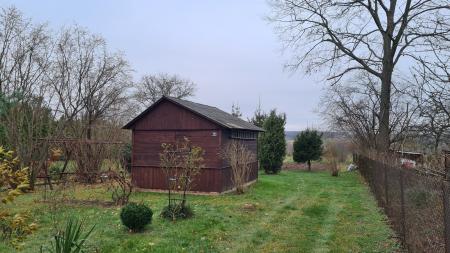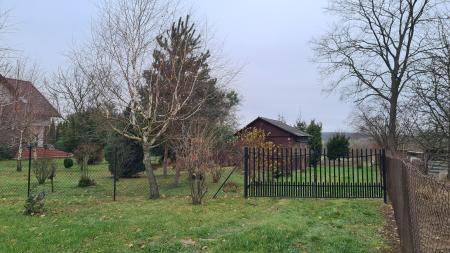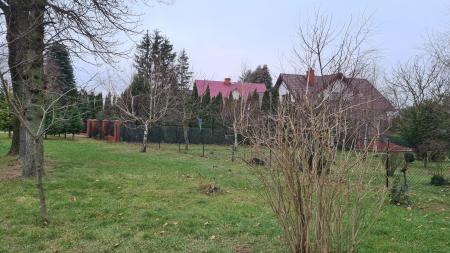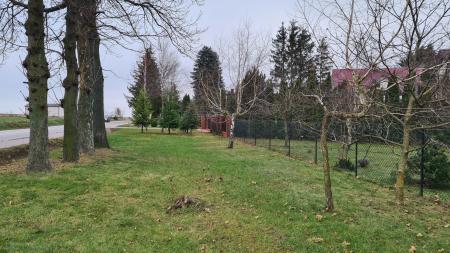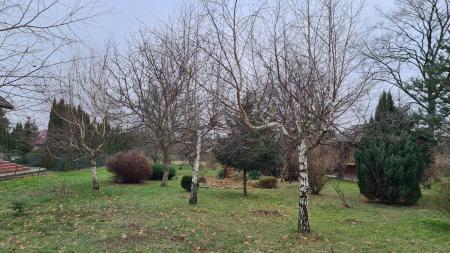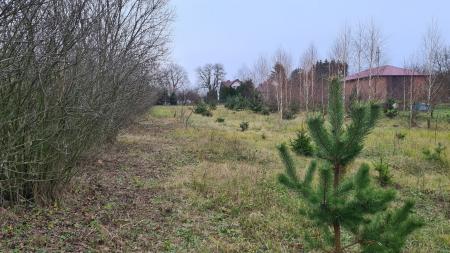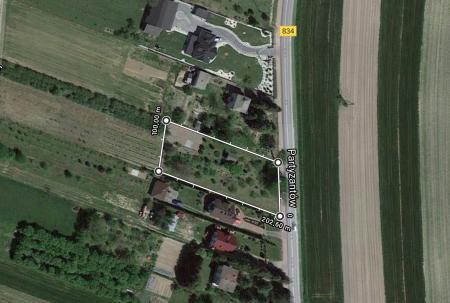Obj. ID: 49630
Jewish Funerary Art Site of the New Jewish cemetery in Bychawa, Poland

According to ESJF European Jewish Cemeteries Initiative, the area for the new Bychawa cemetery was given to the Jewish community in 1910 and was located approximately 1 km south of the town centre, among farmlands. The land was rectangular-shaped and comprised an area of approximately 0.6 hm (currently 0.53 hectares). A wooden structure was built in the cemetery, presumably for religious purposes or for storage. As late as the early 1940s (as evinced by photographic evidence) the cemetery was surrounded by fields. During World War II, the cemetery was completely destroyed: the wooden structure was taken apart, and the tombstones were used for construction purposes. After the War, the ruined cemetery was turned into farmland, for which it continues to be used until today. Currently, the eastern part of the cemetery (near Partyzantów Street) is a garden with a wooden gazebo, and the rest, up until its western border and marked by a dirt road, is an orchard. The cemetery borders a farm, orchard, and arable land in the north and south. Any tombstones found in town are returned to the synagogue and the old cemetery. Tombstones from the new cemetery are fragmented, made of limestone and sandstone, and date to the 1920s and 1930s.


